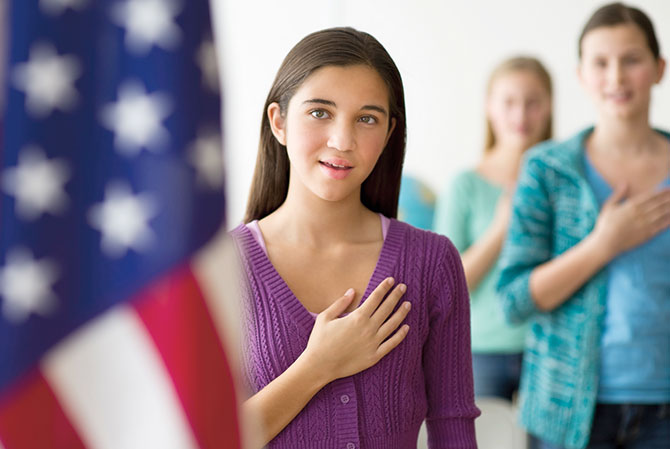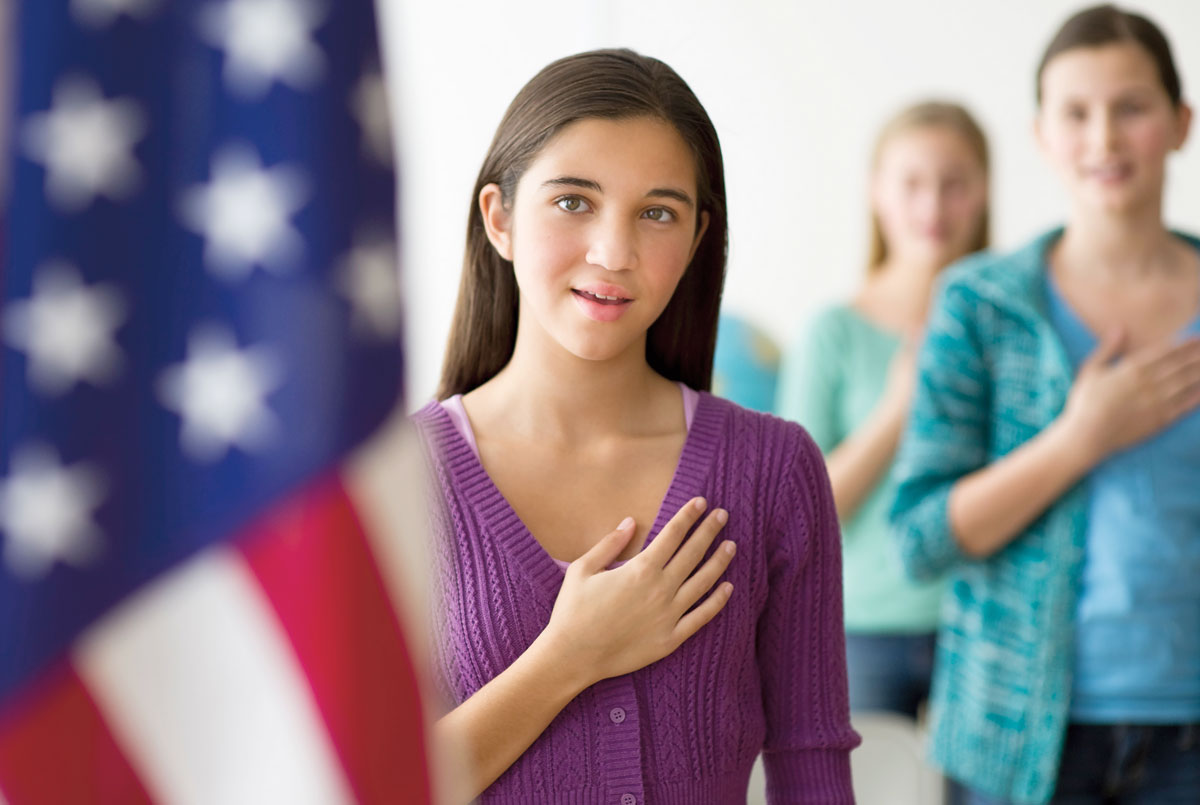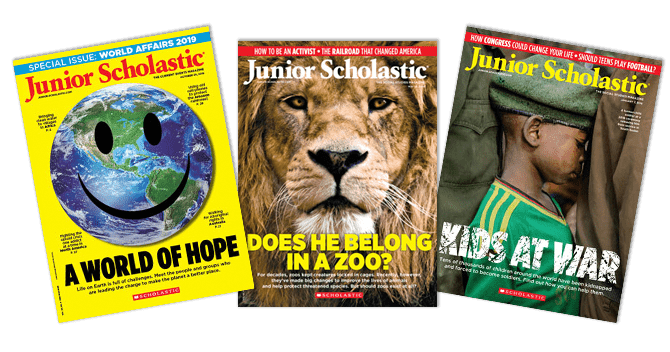Disagree with a new law in your town? You can speak up about it. Worship differently than your friends do? You have the right to follow any faith you choose or none at all. Want the latest scoop? Read as many news outlets as you like—or start your own.
We sometimes take these rights for granted, but our nation’s founders did not. Even as they signed the Constitution in 1787, some of the Framers worried that the document didn’t guarantee Americans’ individual freedoms. They wanted to make sure the government they’d created didn’t overstep its bounds.
So James Madison, who had been the main author of the Constitution, wrote the Bill of Rights.











